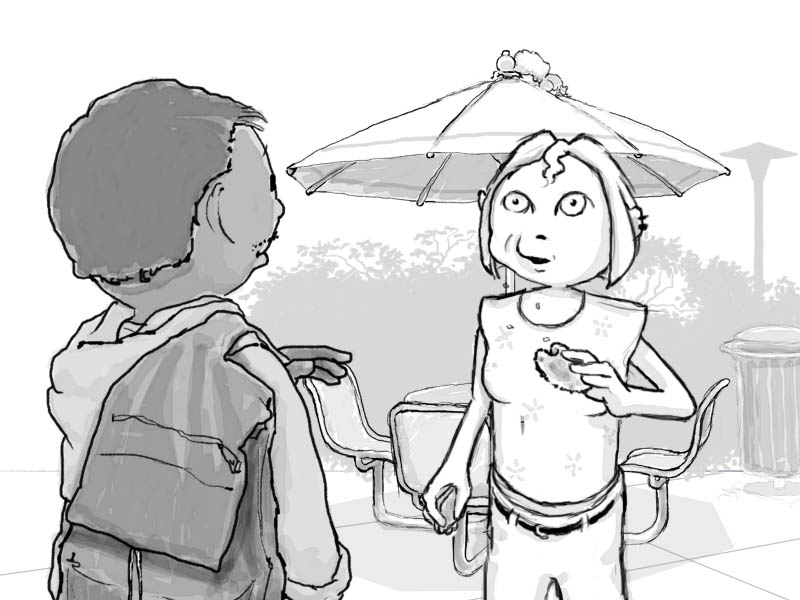Why Use Concept Maps?
Student Dialog - "Why do I use concept maps?"
 Sage: Jose, after our sessions, why do you run off to your room to create concept maps of them? And why use concept maps, anyway?
Sage: Jose, after our sessions, why do you run off to your room to create concept maps of them? And why use concept maps, anyway?
Jose: Well, they help me to visualize what I already know about a topic. They guide my study and research about that topic and can enhance meaningful learning. Not to mention that they aid me in achieving deeper learning.
Sage: Ha ha. Did you get that directly from a book?
Jose: Yep. Now, to construct a concept map, you need to determine important concepts and the relationships between these concepts. By doing that, you explore your understanding of the topic. In other words, you examine and reflect on what you know about the topic.
Sage: I think that might be useful.
Jose: I'm glad you see things my way, Sage. This way you'll be able to see the most important areas of the topic. Then you can focus on relevant information and stay organized while you study or research more information about the topic. And concept maps are adaptable. As you learn, you can adjust your map to include new concepts and ideas.
Sage: So, in order to do this, you have to analyze the patterns and structures of the topics? And that will help you to recall the information as well as help in applying the knowledge?
Jose: Yep again! See, there are benefits to this stuff.
Sage: Thanks, Jose. I promise to give it a try next time I do a research project.
Explanation
Meaningful learning requires you to relate new knowledge to existing concepts and ideas. When you learn a new concept, you add it to the appropriate place in the concept map. By interrelating concepts in networks of concepts and labeling relationships between the concepts, the concept map helps you integrate different concepts together. In order to do that, you have to analyze the patterns and structures of your topic. This promotes better memorization and recall as well as the ability to apply knowledge in new situations.


